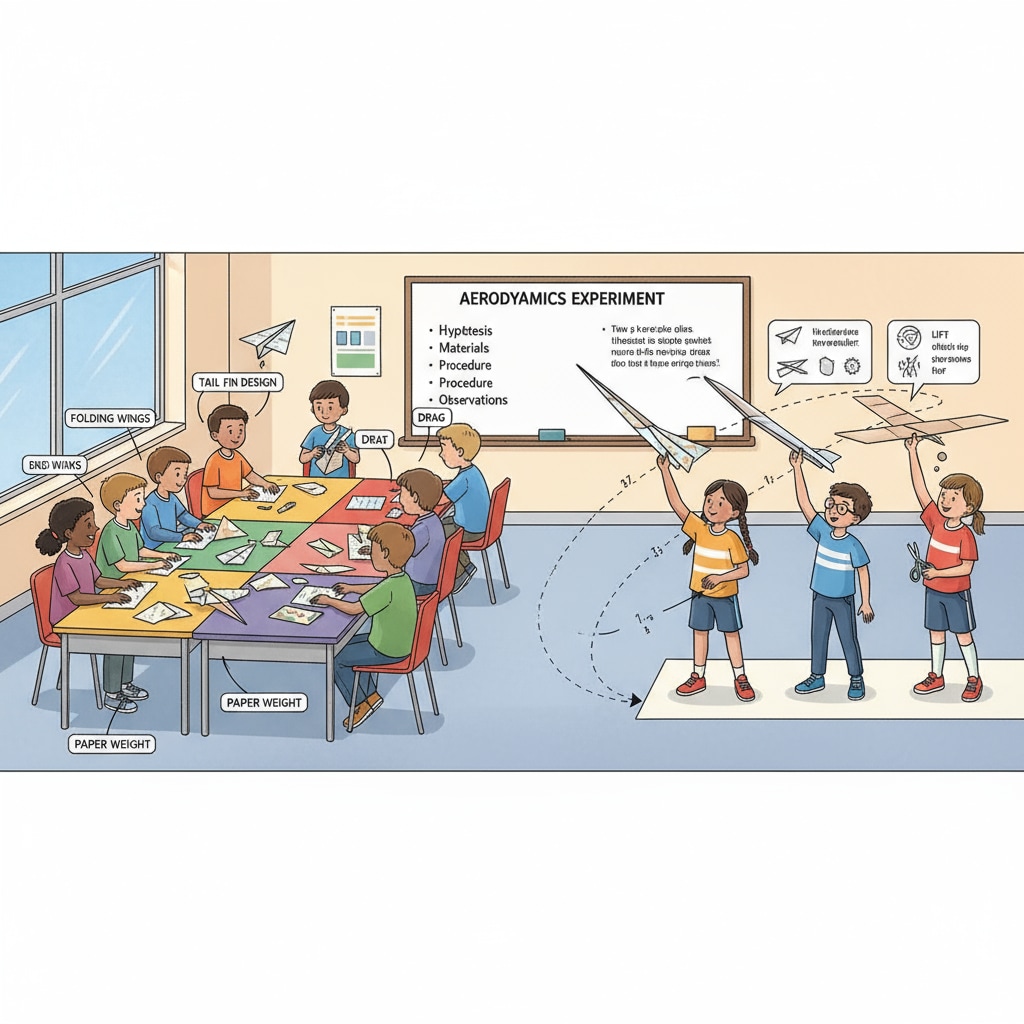Science fairs, children’s experiments, and scientific methods are the building blocks for fostering young minds’ curiosity about the world around them. For parents and teachers of children in grades 1 – 4, creating an engaging and accessible science fair experience is not only possible but also crucial for developing scientific thinking. In this guide, we’ll explore how to use everyday items to create fascinating experiments, highlighting the importance of the exploration process.

The Importance of Science Fairs for Lower Elementary Children
Science fairs provide a unique platform for kids in the lower elementary grades. They offer an opportunity to apply scientific methods in a fun and practical way. Through these events, children learn to observe, ask questions, form hypotheses, conduct experiments, and draw conclusions. This hands – on approach helps them understand scientific concepts better than traditional classroom learning. For example, a simple experiment on plant growth can teach them about the importance of sunlight and water. As a result, they develop a sense of wonder and a love for science from an early age. Science Education on Britannica
Selecting the Right Experiment
When choosing an experiment for lower elementary children, simplicity is key. Opt for projects that use easily accessible materials found around the house. For instance, a paper airplane experiment can teach about aerodynamics. You can also consider experiments related to the senses, like making a simple sensory box. This way, children can actively participate and understand the concepts more clearly. In addition, ensure the experiment is safe and age – appropriate. Scientific Method on Wikipedia

Step – by – Step Guide to Conducting an Experiment
First, help the children observe a phenomenon and ask questions. For example, if they notice that ice melts faster in the sun, they can wonder why. Then, guide them to form a hypothesis, like “Ice will melt faster in direct sunlight than in the shade.” Next, set up the experiment. In this case, place two ice cubes, one in the sun and one in the shade, and time how long it takes for each to melt. Finally, help them analyze the results and draw conclusions. This structured approach follows the scientific method and helps children learn the process of scientific inquiry.
Readability guidance: Keep paragraphs short and to the point. Use lists to summarize key points. For example, in the “Selecting the Right Experiment” section, list the criteria for choosing an experiment. Control the use of passive语态 and long sentences. Use transition words like “however”, “therefore”, and “in addition” to make the text flow smoothly.


